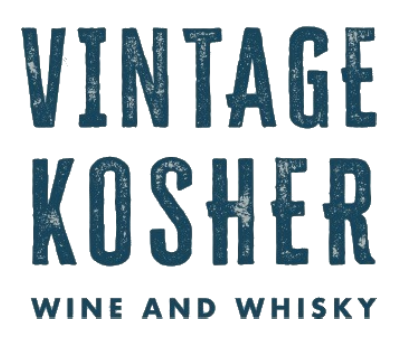Your Cart is Empty
Sold out
Drappier Carte dOr Brut Champagne
$64.99
Strictly Kosher, Mevushal
Appellation: Champagne
Country: France
Feature: Organic, Sustainable, Kosher
Varietals: Pinot Noir, Chardonnay, Pinot Meunier
Producer: Champagne Drappier
750 ml
With a very high proportion of Pinot Noir one is savouring what is nearly a Blanc de Noirs. A Champagne of great aromatic richness. The taste begins with stone fruits such as white vineyard peaches. A spicy note emerges in a powerful and complex mouthfeel. A vinous Champagne of grand complexity, with a characteristic touch of quince jelly.
Around 2,000 years ago, on a hillside surrounding a villa that would later become Urville, the Gallo-Romans began planting the first vines. It was not until 1116 that Saint Bernard, a monk from Cîteaux Abbey near Clos Vougeot, re-established the vineyard. He imported the Morillon Noir grape variety (an ancestor of Pinot) from Burgundy, and had many wine cellars built, one of which was in Urville in 1152, annex of Bavin-Sainte Eulalie. Everything belonged to the great Clairvaux Abbey, founded by the Holy Saint Bernard, whose influence extended throughout medieval Europe. At the time of his death in 1153, annual wine production had risen to around 600,000 litres, and was mostly shipped in casks due to the rarity and high cost of glass at the time. Wines known as Vins de Bar were enjoyed by the Earls of Champagne and Paris, after their travels along the Aube and Seine rivers on merchant ships. After the French Revolution, Napoléon Bonaparte turned Clairveaux Abbey into a prison, and later in the nineteenth century, the Urville wine cellars became the village presbytery. The Drappier family, who lived next to the cellars at the time, bought them and established their estate there following World War II. These cellars now hold the House’s best vintages and largest bottles. The Drappier family tree can be traced back to the seventeenth century, when Rémy Drappier was born in 1604. He later became a cloth merchant in Reims, like Nicolas Ruinart. His grandson, also called Nicolas (1669-1724), was prosecutor to King Louis XIV of France. It was not until 1808 that one of the House’s ancestors, François, settled in Urville and started to farm a vineyard spanning several hectares. In the early 1930s, the vineyard suddenly became a topic of heated discussion in Urville. Georges Collot, Michel Drappier’s maternal grandfather, decided he would be the first to replant the Pinot Noir grape in the canton. His decision made waves, and earnt him the nickname le ‘Père Pinot’ or ‘Old Man Pinot’. This grape variety now represents 70% of the Drappier vineyard, and of the percentage cultivated in the Aube region, proving sceptics wrong. In 1952, André et Micheline Drappier created the Drappier Carte d’Or vintage, with its distinctive yellow label. Each bottle contains aromatic notes reminiscent of quince jelly. After the historic frost of 1957 (which destroyed 95% of the harvest), André decided to introduce a new grape, Pinot Meunier, which was more resistant to spring frosts. In 1968, Micheline suggested they produced a Rosé Champagne, and decided it would be made with 100% Pinot Noir grapes. Fifty years later, the Champagne Drappier Rosé de Saignée enjoyed huge success, and was even poured at the Elysée Palace. Michel Drappier now manages the vinification process (and has done since 1979), while André Drappier – with 74 harvests of experience – keeps a close eye over the vineyard, which spans over 62 hectares (or 1,000 hommées, the agricultural measure used in the region) of land owned by the estate, and 50 hectares in contractual arrangements with other growers. In 1988, deep cellars that had been dug into the chalk around Reims during the reign of Napoleon III, became part of the family estate. In these cool underground tunnels lie the most precious bottles, in particular the Grande Sendrée, perfected by our most faithful ally: time. Since 2016, the eighth generation of the Drappier family has joined Michel and his wife Sylvie, to work on the family business. Charline, born in 1989, is gradually taking over marketing, while her brother, Hugo, born in 1991, is responsible for viticulture and oenology. Antoine, born in 1996, shows a keen interest in animals and nature, and ploughs part of the organically-farmed vineyard with his horse. The Drappier estate also includes some old orchards, a vegetable garden, and a farmyard. It has now earned the well-deserved accreditation of “Carbon Neutral”. 

